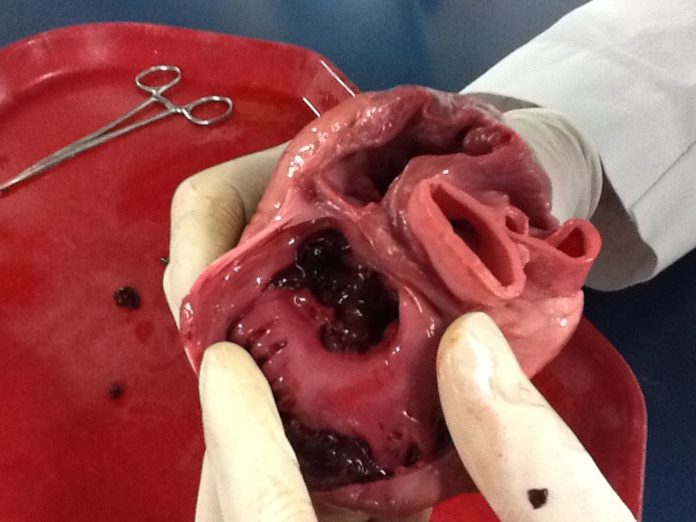An artificial intelligence (AI) model has been found to identify patients with intermittent atrial fibrillation even when performed during normal rhythm
Researchers have trained an artificial intelligence model to detect the signature of atrial fibrillation in 10-second electrocardiograms (ECG) taken from patients in normal rhythm. The study, involving almost 181,000 patients and published in The Lancet, is the first to use deep learning to identify patients with potentially undetected atrial fibrillation and had an overall accuracy of 83%. The technology finds signals in the ECG that might be invisible to the human eye, but contain important information about the presence of atrial fibrillation.
Atrial fibrillation is estimated to affect 2.7–6.1 million people in the United States, and is associated with increased risk of stroke, heart failure and mortality. It is difficult to detect on a single ECG because patients’ hearts can go in and out of this abnormal rhythm, so atrial fibrillation often goes undiagnosed.
Dr Paul Friedman, Chair of the Department of Cardiovascular Medicine, Mayo Clinic, USA says: “Applying an AI model to the ECG permits detection of atrial fibrillation even if not present at the time the ECG is recorded. It is like looking at the ocean now and being able to tell that there were big waves yesterday.”
He notes: “Currently, the AI has been trained using ECGs in people who needed clinical investigations, but not people with unexplained stroke nor the overall population, and so we are not yet sure how it would perform at diagnosing these groups. However, the ability to test quickly and inexpensively with a non-invasive and widely available test might one day help identify undiagnosed atrial fibrillation and guide important treatment, preventing stroke and other serious illness.”
After an unexplained stroke, it is important to accurately detect atrial fibrillation so that patients with it are given anticoagulation treatment to reduce the risk of recurring stroke, and other patients (who may be harmed by this treatment) are not. Currently, detection in this situation requires monitoring for weeks to years, sometimes with an implanted device, potentially leaving patients at risk of recurrent stroke as current methods do not always accurately detect atrial fibrillation, or take too long.
Hearts with atrial fibrillation develop structural changes, such as chamber enlargement. Before those changes are visible to standard imaging techniques such as echocardiograms, there is likely fibrosis (scarring) of the heart associated with atrial fibrillation. Additionally, the presence of atrial fibrillation may temporarily modify the electrical properties of the heart muscle, even after it has ended.


